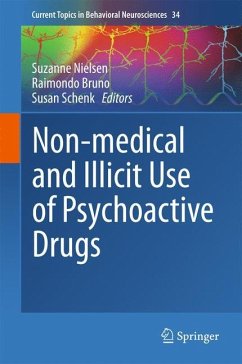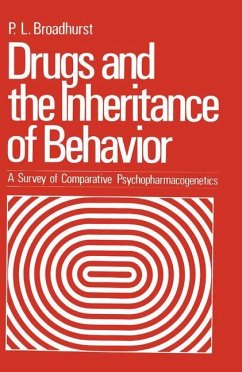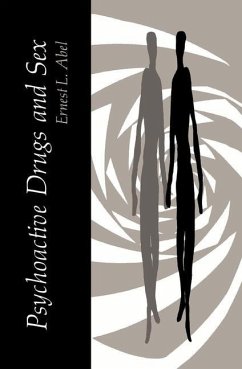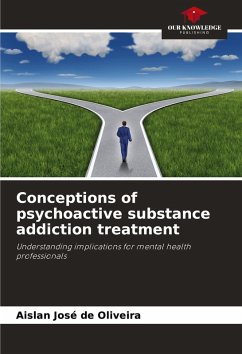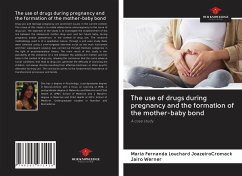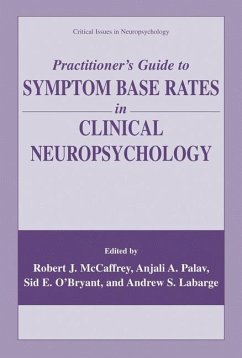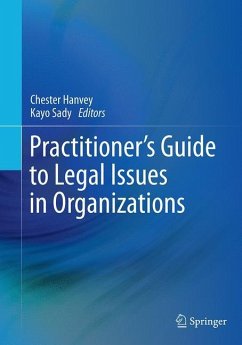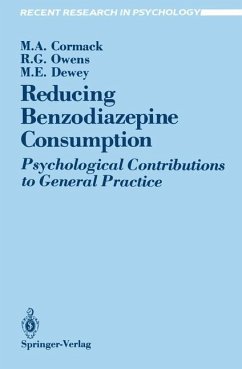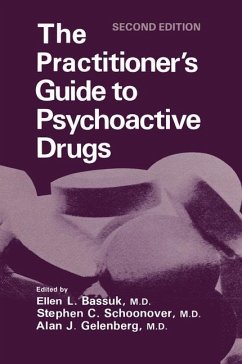
The Practitioner's Guide to Psychoactive Drugs

PAYBACK Punkte
20 °P sammeln!
Books, like people, are born, and, if they survive the trauma of birth, mature in response to a changing environment. This volume is no exception. It imme diately proved its usefulness to psychiatric clinicians upon its publication six years ago, and it is not surprising to find it now entering a new phase of life in a second edition. The many and significant changes that the reader will find herein reflect not only the rapid growth of knowledge in the field of psy chopharmacology but also the editors' wise awareness of the need to incorpo rate that knowledge into clinical practice. Important ...
Books, like people, are born, and, if they survive the trauma of birth, mature in response to a changing environment. This volume is no exception. It imme diately proved its usefulness to psychiatric clinicians upon its publication six years ago, and it is not surprising to find it now entering a new phase of life in a second edition. The many and significant changes that the reader will find herein reflect not only the rapid growth of knowledge in the field of psy chopharmacology but also the editors' wise awareness of the need to incorpo rate that knowledge into clinical practice. Important new sections have been added on the management of elderly patients, on the pharmacological approach to those with temporal lobe epilepsy, and on the use of psychoactive medications during pregnancy. The existing clinical sections have been expanded, and the format has been altered to make the volume more practi cally useful for the harried clinician. Most important of all, the discussions ofindividual drugs have been carefully revised to update information about those medications that have stood the test of time and to include those newer pharmacological agents that have appeared on the clinical scene since the publication of the first edition. This last task has been significantly aided by the addition of Dr. Alan J. Gelenberg to the family of editors; his clinical and scientific knowledge nicely complements that of Drs. Bassuk and Schoonover, and its influence is evident throughout.





